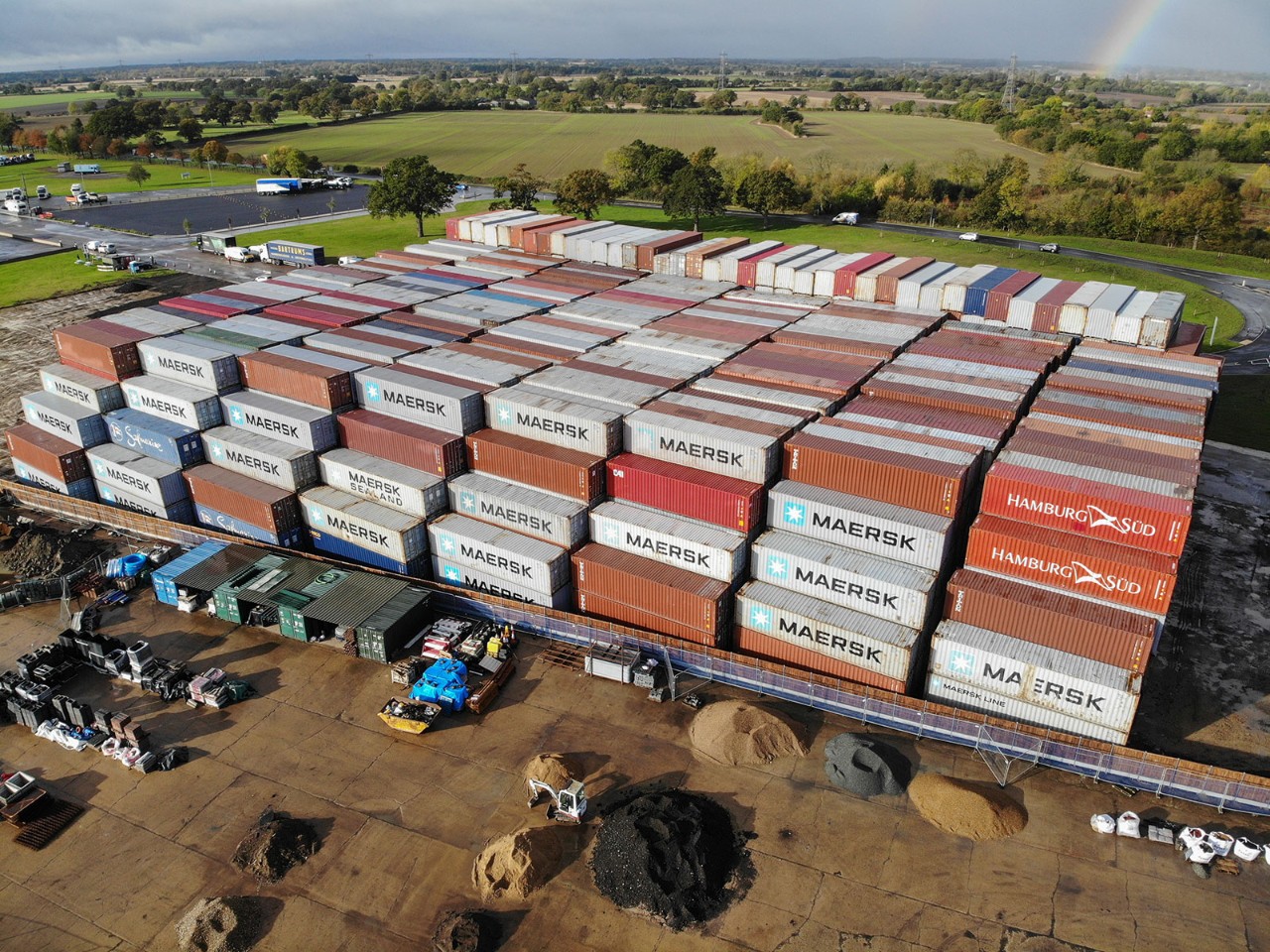
In recent years, investment in fine art has become more accessible and is no longer seen as an asset reserved exclusively for the very wealthy.
More people are beginning to see the benefit of art as an alternative form of investment, not only because of its high profit potential but also because it retains value, fuelling the perception of art as a stable alternative to other traditional asset classes.
However, for those inexperienced in buying art, breaking into this new area of investment may seem daunting. Any investment carries a certain amount of risk – here are the key areas to be aware of in art.
Focusing on emerging artists or those from underrepresented areas can allow you to invest early in works whose prices are still affordable
Understand the market
There are many aspects involved in valuing art and while it may seem as though this market is somewhat unpredictable, there are certain dependable factors that you can use as a basic guide.
Consider the size of the piece: is it a small print, or perhaps a larger sculpture? Similarly, the medium used, along with the level of detail in the finished work, are good indicators of the labour intensity of the piece and will affect the value.
The reputation of the artist, whether they are already established with a loyal following or newer, along with the current demand for their work from other collectors and galleries, are also important factors to consider.
Given the many elements involved in the pricing and valuation of art, it is generally a good idea to diversify your investment portfolio to account for the natural ebbs and flows in popularity of certain styles and artists.
While becoming an art expert is unlikely to happen overnight, attending museums, galleries and fairs will assist you
Do your research
As the value of any work will inevitably hinge on the art market, it is important to do your homework before making a purchase. If you fail to conduct proper research into the piece you are considering buying, you risk overspending and therefore not maximising the potential profit of the investment.
While becoming an expert is unlikely to happen overnight, being willing to gather as much insight as possible and immersing yourself within the art world will be invaluable in helping you make the most of potential investments.
Attending museums, galleries and fairs will assist you in making connections within the community and becoming educated about the kind of art you wish to invest in, as will other resources such as specialist books and magazines.
The internet also provides many opportunities to learn and view works you may otherwise be unable to access, while making it easier to connect with others within the art world.
Don’t ignore your own tastes
While it is true that art has high profit potential, it is equally important to invest in works that also appeal to you. Start by focusing in on the movements and areas you personally appreciate, and the process of investing in art will be more enjoyable.
In addition, concentrating on areas that resonate with you and for which you have a genuine enthusiasm will make it easier to amass knowledge and become familiar with them, which in turn will help in developing your expertise when it comes to spotting a good piece worth investing in.
Though tempering your personal tastes with the right research and input from the wider art community is helpful, you should not neglect your instinct altogether, as this is what will help you in developing and refining your own tastes.
Fun fact
Blue-chip art (works that have been created by important, widely recognised artists) has outperformed the S&P500 by more than 250% since 2000
Set a budget
It is not necessary to have millions at your disposal to begin building an investment portfolio in art. However, it is advisable to set a realistic budget and to decide on a maximum amount you are willing to spend. Having a set budget will allow you to conduct more relevant research and focus on works within your price range so you can invest with confidence.
Investing in the works of the Old Masters may be out of the price ranges of most, but this does not mean you should feel limited when building your portfolio. Focusing on emerging artists or those from underrepresented areas can allow you to invest early in works whose prices are still affordable, and that may appeal to unique cultural tastes.
Similarly, diversifying your investments into a range of mediums, including photographs, drawings and limited-edition prints, can enable to you build a collection even on a limited budget.
Maintain your investment
As with any valuable asset, art must be properly maintained. Being a long-term investment, it is crucial to preserve the value of the works you invest in and avoid any hazards that might compromise their longevity and result in depreciated value.
Framing can often be as important as the art itself, as it not only protects the work but can actually increase its value. It is therefore important to ensure this is done correctly, as getting it wrong could result in damage to the piece and mean costly repairs that could affect potential returns further down the line.
Environmental factors should also be taken into consideration when displaying or storing the work. Many pieces of art are vulnerable to changes in environment due to the nature of the pigments or other materials used, so it is advisable to avoid environments where the work may come into contact with direct sunlight, or be subject to frequent changes in temperature or humidity.
Immerse yourself
While you should not be intimidated by investing in art, you should still be aware of the possible mistakes a novice collector may fall prey to.
Immersing yourself within the art community and utilising the many resources available will ensure that you are able to avoid these common errors and make the most out of your investments.
Further information
See ACCA's hub for members in financial services



